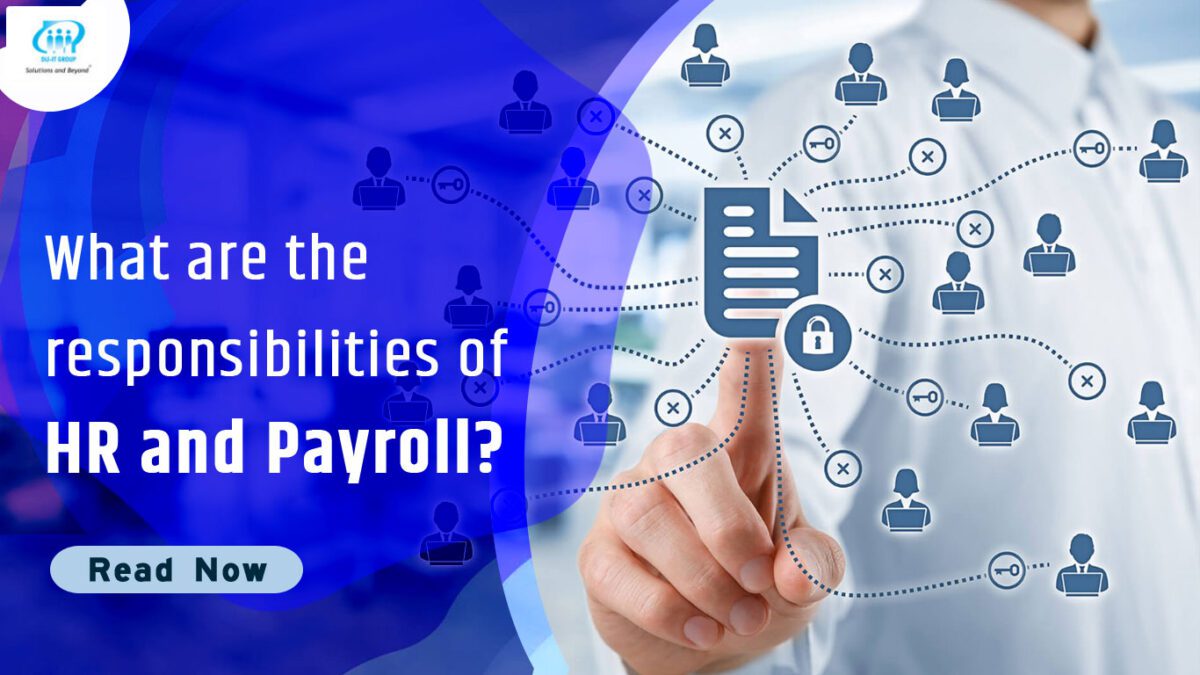HR and Payroll – Both payroll and human resources are crucial departments for every business. However, a lack of clarity on which department can handle specific responsibilities successfully can lead to confusion and dissatisfaction.
Any organisation needs its divisions to work together in a partnership to ensure that workers are paid fairly and on schedule. The distinction between the team that processes employee pay and the team that determines pay decisions is significant.
Sometimes it’s impossible to tell them apart. Payroll and HR differ primarily in their expertise of either people or money. However, it doesn’t make much of a difference when payroll is the activity that links resources to individuals.
The partnership’s HR component mainly focuses on entering and maintaining employee records in the HR/payroll system. In contrast, the payroll component deals with producing correct and comprehensive payments for employees.
Differences Between Each Department’s Responsibilities
Confidentiality is one area where Payroll and HR combined efforts will considerably improve. Both organisations have access to confidential employee data such as Social Security numbers, financial information, and residential addresses. It is the joint responsibility of the two departments to keep confidential material out of the hands of unauthorized people.
Payroll handles employee remuneration and HR takes care of employee relations. Even though the two departments have distinct roles in a firm, they work together on projects that are crucial to its success. Automated updating, less paperwork, and quicker provision of aggregated information are all benefits of integrating payroll and human resources.
Human Resources
- Assumes expert leadership for establishing and executing the compensation plan.
- Ensuring that stipend schedules are transparent, recorded, and applied consistently across campuses and departments.
- Provides expert leadership to determine what to pay and establish the gross pay.
- Purchases assess and enter all stipend assignments.
- Prepares work schedules for employees.
Payroll
- Determines the net pay
- Processes the transactions to disburse and account for payroll.
- Balances the salary coding against the master budget.
- Processes payments based on the number of days worked for the selected work calendar.
- Determines payoffs for shifting assignments, quitting early, or termination.
In certain organisational structures, HR and payroll software work together. They have their departments in others. Payroll is a component of finance in other instances. Payroll and HR are technically two different roles, but there is no right or wrong way to set up your organisation.
Professionals in human resources are all about the people. Their responsibility is to fill the gap between corporate needs and human needs. They achieve this by putting the right people in the proper jobs, fostering that talent, and paying it fairly. They assess each attempt to determine what is effective and what is not.
Payroll, in contrast, is all about the money, doing the math, and being compliant. They work in payroll because they enjoy using calculators and spreadsheets. These analytically-minded workers value accuracy and precision. However, despite being two fundamentally different tasks, payroll, and human resources depend on each other in a variety of ways.
What is the Function of Payroll?
Payroll is the method through which employees get their salary. Its duties include depositing money and filing tax returns. Balancing and merging the data related to the payroll is also a part of it. The department in charge of payroll deductions also maintains records and guarantees the accuracy of payment information.
The payroll department processes new hire paperwork, writes payroll checks, keeps track of tax compliance, and maintains employee files. Payroll experts are responsible for calculating reimbursements, overtime, bonuses, and other benefits.
What is the Function of HR?
The Human Resources department keeps track of the employees working there and makes the most of their ability to further the firm’s objectives. The primary responsibility of the human resources department is to hire new employees, which includes identifying the top applicants for available jobs. After hiring new personnel, HR professionals must validate that they are living up to expectations.
The HR division is also in charge of motivating employees. To do this, they design compensation plans that can include wage raises and mid or end-of-year bonuses. By reminding everyone of the organisation’s goals, HR also develops training programs and makes sure everyone is heading in the same general direction.
Where the Two Functions Overlap
The HR and Payroll software must coordinate joint responsibilities since many payroll and HR operations go hand in hand. This covers hiring, salary hikes, bonuses, benefit reductions, paid time off, and employee termination. As the champion of employee relations, the human resources department must be mindful of the time allotted for payroll processing since if paychecks aren’t completed accurately, and on time, problems will arise.
Employee financial information, social security numbers, and home addresses are all sensitive information accessible to the payroll and HR departments. The two departments must cooperate to ensure this information doesn’t get into the hands of illegitimate people or businesses.
Since 1995, DLI-IT has concentrated on the human resources sector and created HR WORKS to provide HR Departments with automation. It would free them from the monotonous nature of back-office work and enable them to concentrate on the HR potential of their businesses. Different HR policies, locations, and employee profiles will become easy to manage using HR WORKS.
